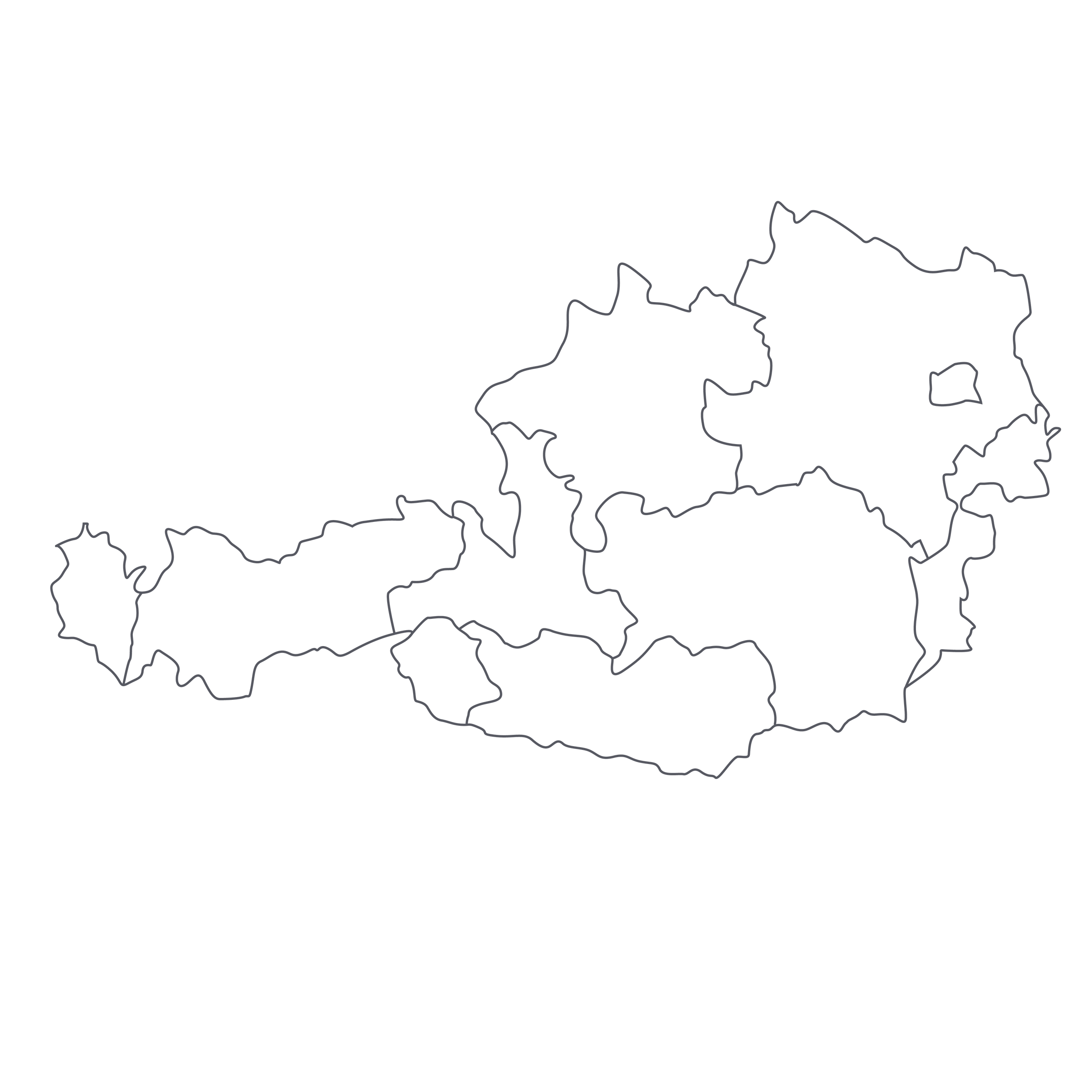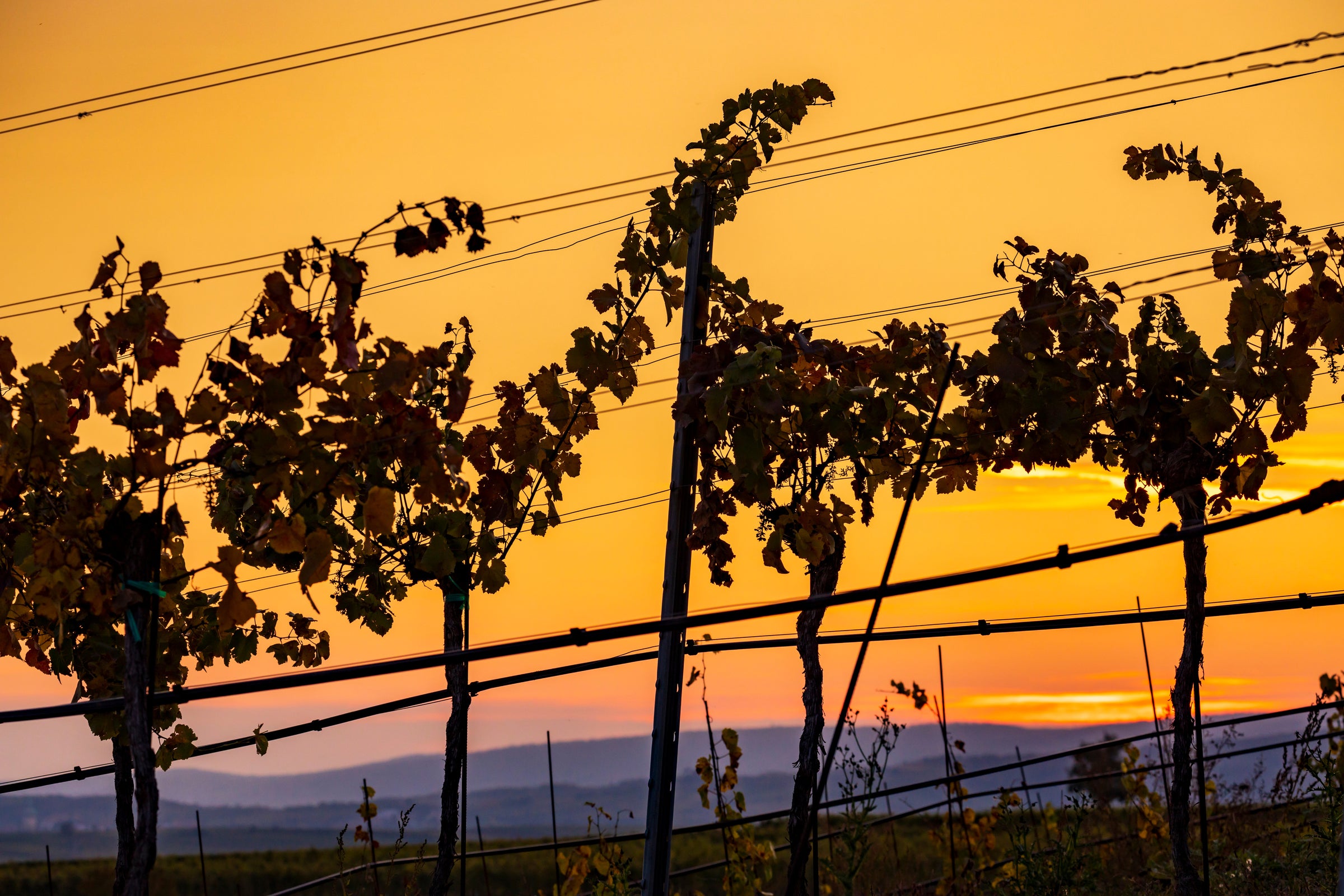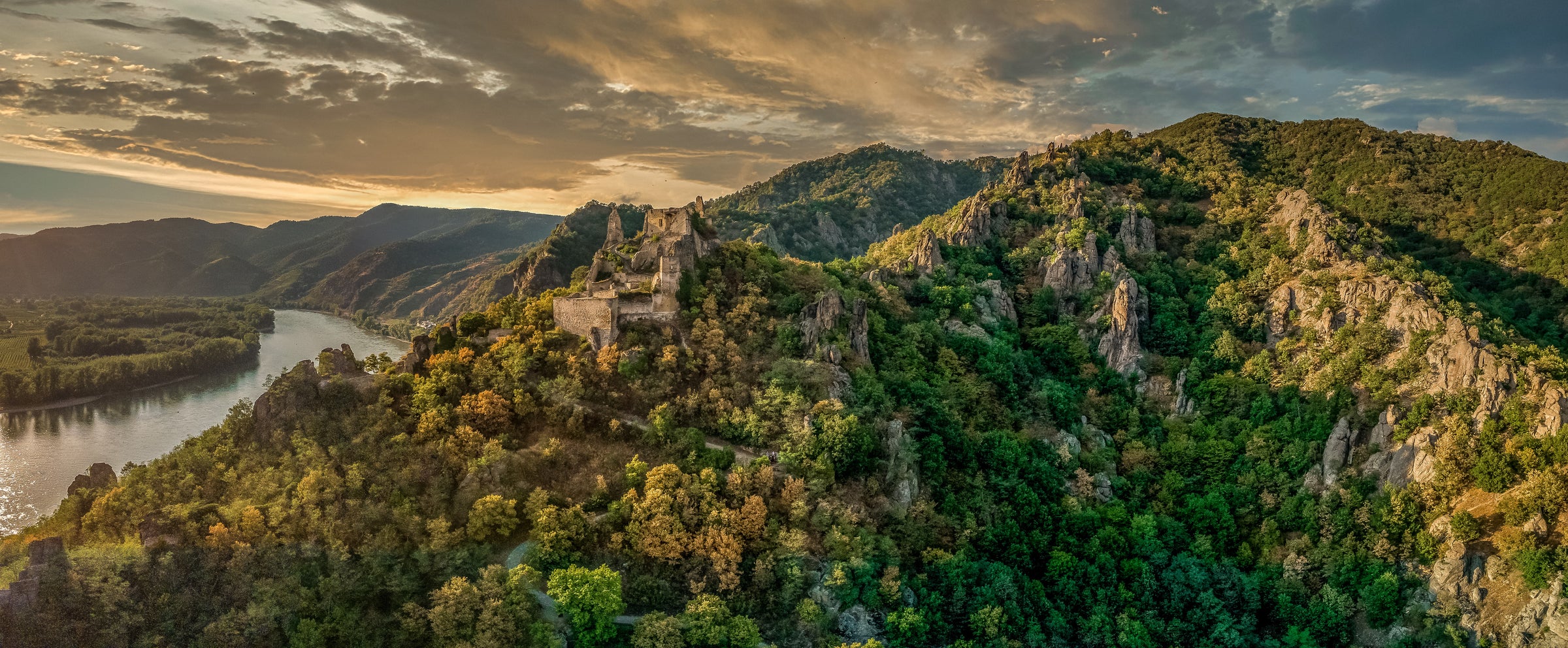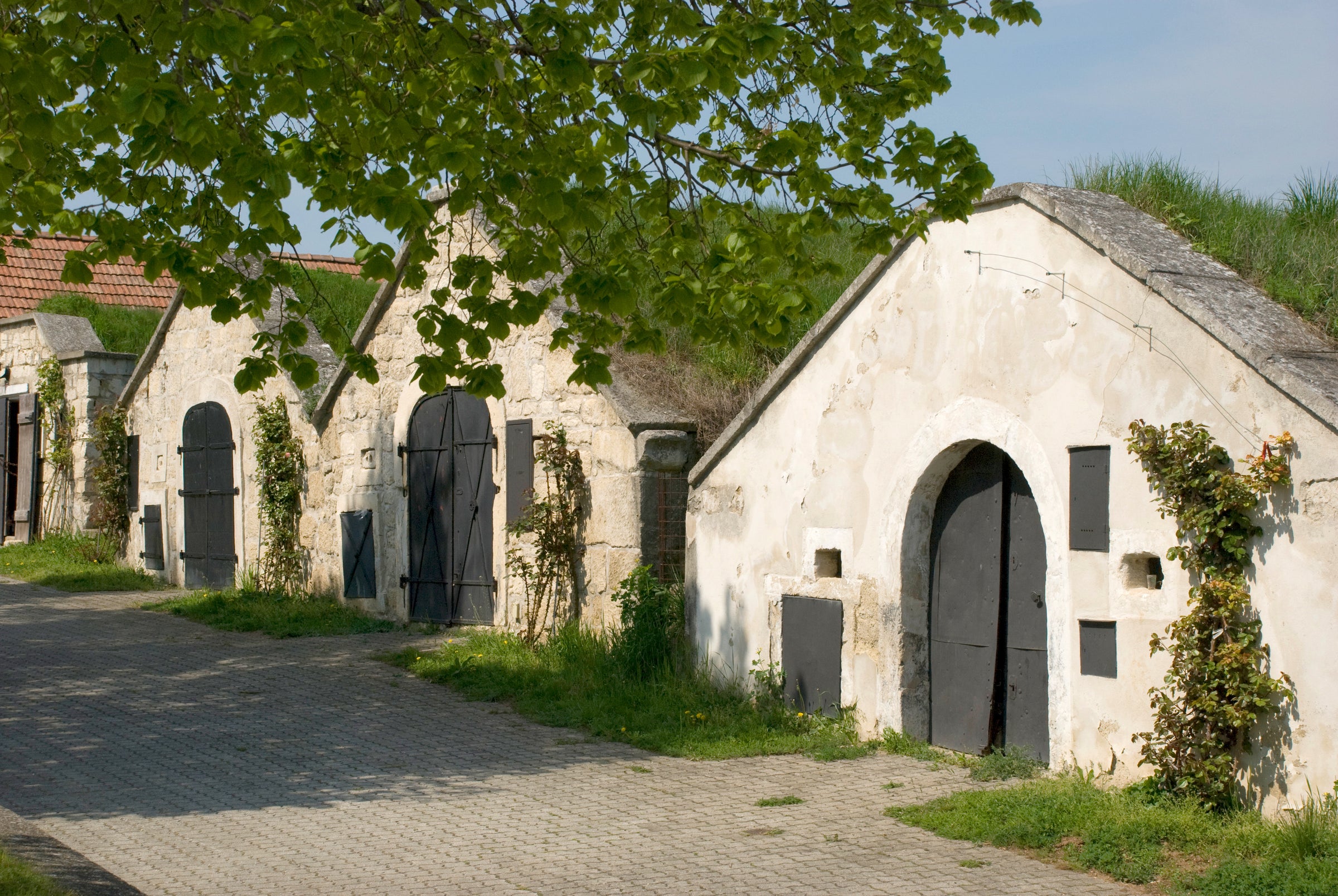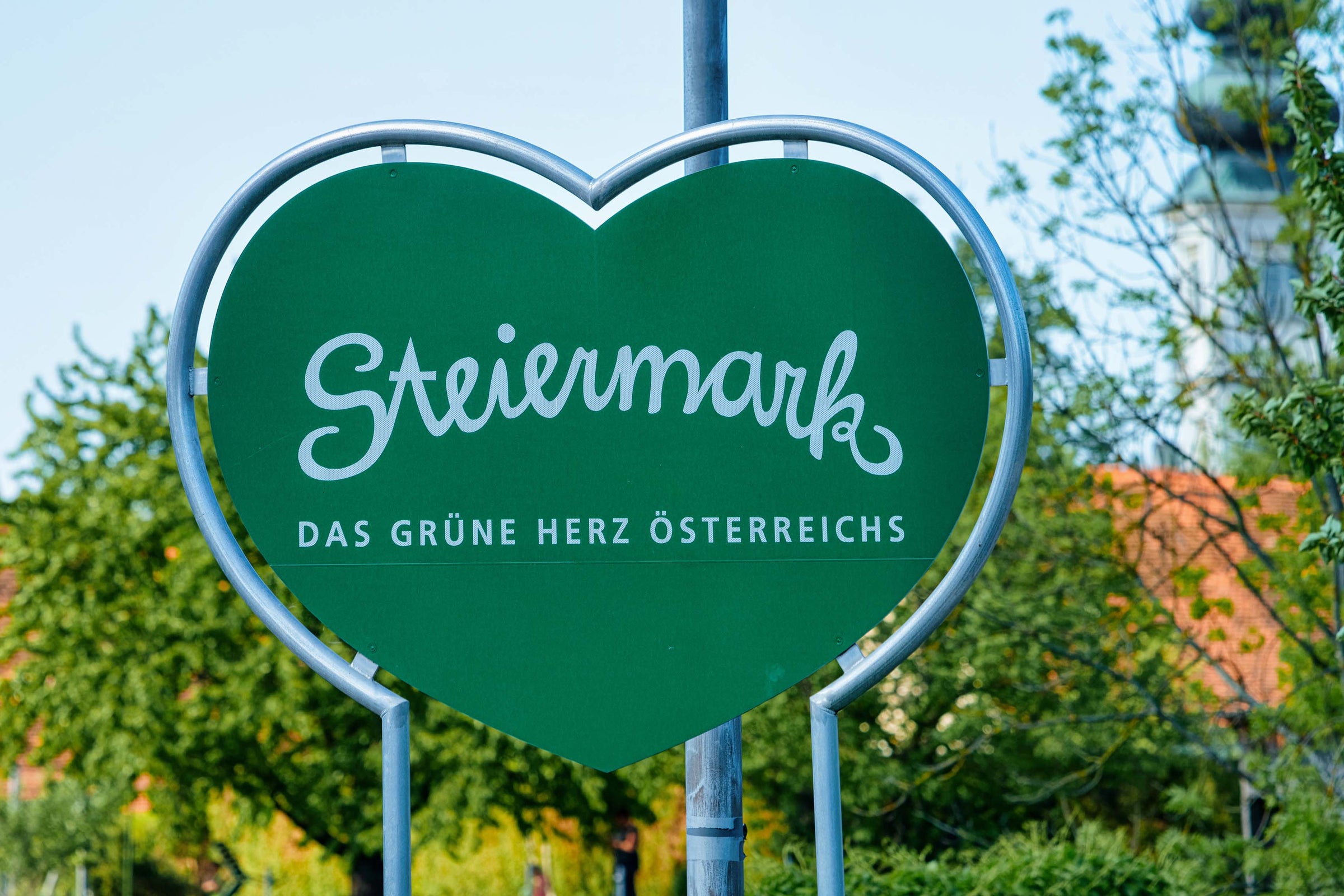Throughout my sommelier career, the question I was most frequently asked during restaurant service (besides “Have you seen the movie SOMM?”) was: What is your favorite wine? Simply put, it does not exist—my wine choice depends on my mood, what I’m eating, who I’m with; many variables. However, get a little more specific and I will, too. What’s the most versatile, crowd-pleasing, chameleonic grape variety out there? I’d likely come back with “Grüner Veltliner,” especially as rendered by a benchmark producer like Franz Hirtzberger.
Today’s “Rotes Tor” Grüner Veltliner is the kind of wine that should be utilized for professional wine-tasting training, because it is such a brilliant and consistent example of type. It’s a timeless wine found across various wine lists and, like a favorite album or movie, one I never tire of re-visiting again and again. So, I guess you could say this is one of my favorites, which is the strongest endorsement I can possibly give!
Certain producers, and wines, have stood the test of time. Hirtzberger is one of them, and if the hospitality industry was still humming at pre-COVID levels, today’s 2018 might well have disappeared into restaurant cellars before we got a shot at it. The Hirtzberger family dates back five generations in the village of Spitz, at the western end of the Wachau, the pre-eminent region in the world for Gruner Veltliner. Fourth-generation vintner Franz Hirtzberger, Sr., is one of the true “OG’s” of the Wachau, laser-focused on quality both in the vineyard and in winemaking. As a founding member of the regional association called Vinea Wachau, he is one of the few producers who are largely responsible for the meteoric rise in quality of Grüner Veltliner in Austria over the past four decades. Though his son, Franz Hirtzberger, Jr., has assumed full control of the winery, they work in tandem in the family’s 15 hectares of vineyards
Hirtzberger’s “Rotes Tor” is, as I said above, a benchmark example of Wachau Grüner in the “Federspiel” style (the middle tier of ripeness/richness on the Vinea Wachau’s proprietary scale, or codex). This wine is sourced from the Rotes Tor (“red gate”) vineyard atop the Hirtzbergers’ home village of Spitz. Given its westerly location in Wachau, Rotes Tor is consequently a cooler site with typical soils of mica and schist. The wind-swept hillsides of Spitz lead to a longer growing season for the grape and supports Franz’s style of aiming for maximum physiological ripeness before harvest. In the cellar, Franz is a minimalist: natural fermentations, no oak influence, and little to no contact with the lees (spent yeast cells) after fermentation. The results are wines of purity, structure, and place.
The 2018 “Rotes Tor” Grüner Veltliner Federspiel is a pale straw core in the glass with brilliant reflections and green edges. On the nose, the wine is everything I love about Grüner: savory green herbs, zesty citrus, and just-ripe stone fruits. On the palate, the cooler climate and Franz’s minimal winemaking prevailed in the warm 2018 vintage: a mineral-driven, spicy core, ripe with white pepper, arugula, and a nervy acidity to balance the powerful structure. I often purchased this bottling to practice blind tasting for the Master Sommelier exam—I eventually moved to buying multiple bottles because I ended up drinking it instead of blind tasting! Though these wines are absolutely a delight to drink on release, they will evolve wonderfully over the next 7-10 years. Purchase 6-12 bottles and open one every six months to find your preferred drinking window (or hold you over until the next vintage releases; it sells out quickly every year). Open the wine 10-15 minutes prior to pouring to allow it to acclimate and serve at 45-50 degrees in an all-purpose stem. Start up the fireplace and pair this alongside a traditional potato & parsnip soup with bacon and chives.
